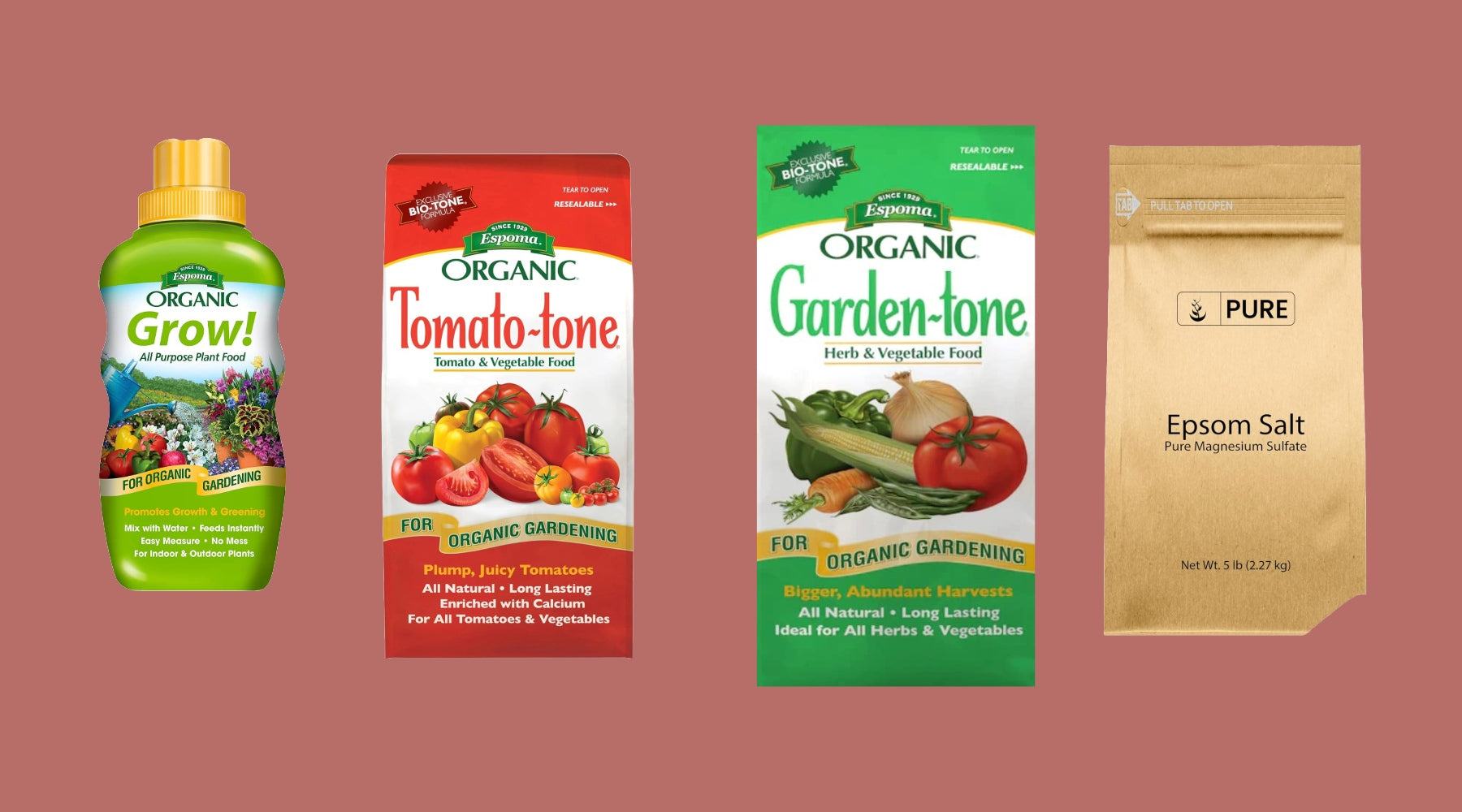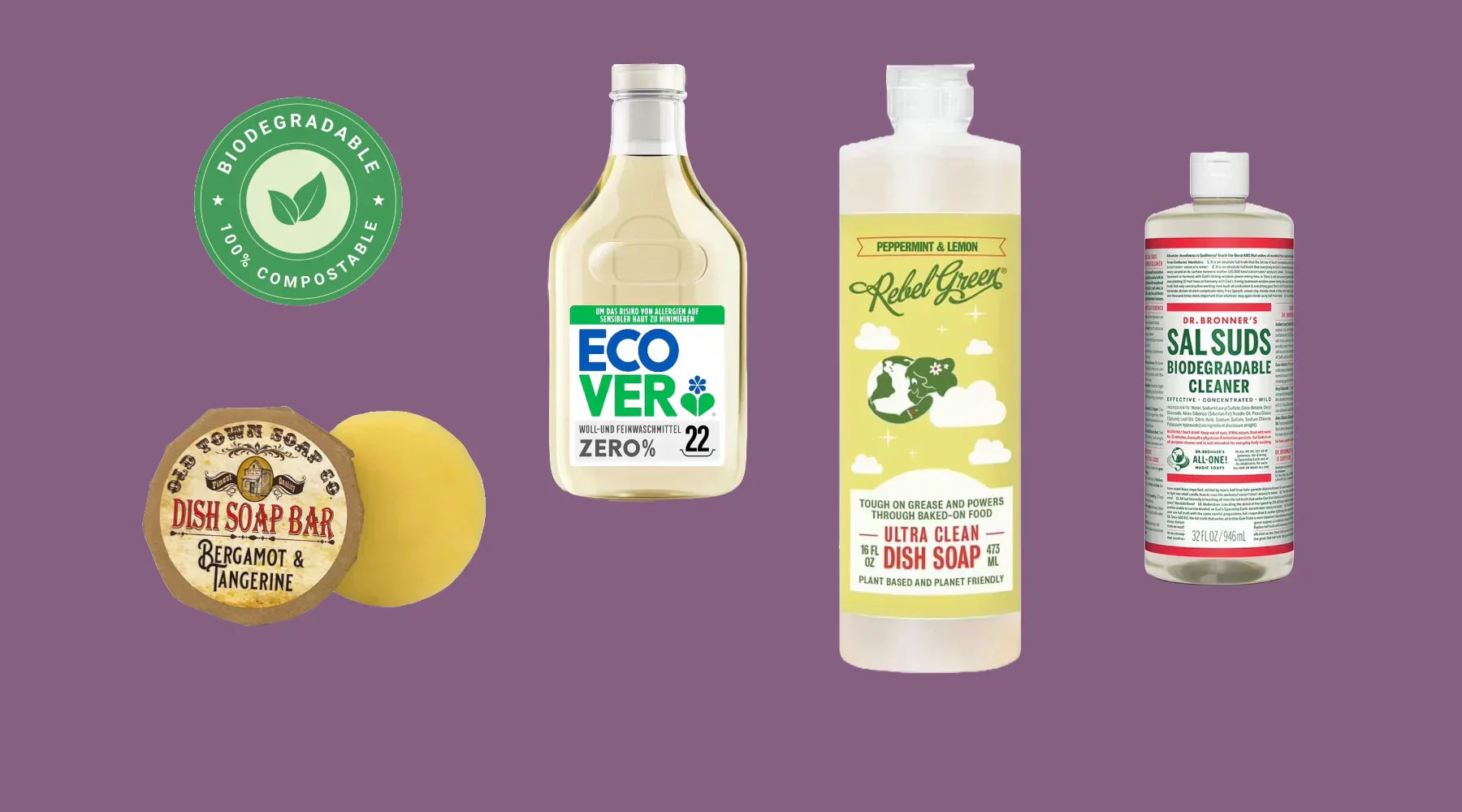Minimal, Yet Ultimate Fertilizing for Grow Bags: Greens + Fruiting Veggies
If you’re container gardening this season, you already know it comes with its own set of challenges. In this guide, we’ll dig into how nutrient needs change between leafy greens and fruiting veggies, why container plants need more ongoing support, and the simplest, OMRI-listed fertilizing system that’s kept my own garden thriving—all season long.
Why Container Gardening Needs Extra Nutrient Support
Coast of Maine was my go-to when I first started gardening—mostly because I (naively) thought that using a high-quality living soil in my grow bags meant I wouldn’t need to fertilize at all. While that wasn’t exactly true, this is still the most superior and cost-effective potting soil I’ve found. It gave my plants a solid three months of healthy growth before they needed any additional nutrients. If you’re just starting out, here’s why I still recommend it:
- Excellent drainage and aeration (great for containers, but nutrients wash out faster)
- Compost-based ingredients that offer an initial boost of nutrients and microbial life

However, even living potting soils can become depleted over time due to:
- Frequent watering, which leaches out nutrients faster than in-ground soil
- High plant demand, especially from fruiting vegetables like tomatoes, which are heavy feeders
That’s why ongoing fertilization is still essential, even with premium mixes like Coast of Maine.
What Your Grow Bags, and Container Gardens Really Need
To grow strong and productive, both leafy greens and fruiting veggies require:
- Macronutrients: Nitrogen (N), Phosphorus (P), Potassium (K)
- Secondary Nutrients: Calcium (Ca), Magnesium (Mg), Sulfur (S)
- Micronutrients: Iron, Manganese, Zinc, Copper, Boron, Molybdenum
- Microorganisms: Mycorrhizae, beneficial bacteria, and fungi
Why Fertilizing Is Still a Must—Even with Living Potting Soil
Even though Coast of Maine soils contain organic nutrients and living microbes, they aren’t bottomless. Here’s why supplementing is still essential:
- 🌧️ Nutrients are lost quickly in containers due to regular watering
- 🥬 Leafy greens need steady nitrogen for lush growth
- 🍅 Fruiting crops demand higher levels of phosphorus, potassium, and calcium
- ⚖️ Nutrient imbalances can still develop without regular supplementation
By understanding these needs and using the right fertilizing routine, you’ll keep your urban garden producing beautiful, flavorful harvests from early spring to late fall.
Nutrient Needs: Leafy Greens vs. Fruiting Vegetables in Containers
Leafy Greens
Leafy greens like lettuce, spinach, and kale prioritize nitrogen for lush, healthy foliage growth. They require:
- Balanced nitrogen (N) for leaves
- Moderate phosphorus (P) and potassium (K)
- Calcium and magnesium for cell wall strength and chlorophyll production
Fruiting Vegetables
Tomatoes, peppers, and other fruiting veggies have more demanding nutrient needs, especially during flowering and fruit development. They require:
- Balanced nitrogen for initial growth
- Higher potassium to support flowering, fruit set, and flavor
- Adequate calcium to prevent blossom end rot
- Magnesium for photosynthesis and fruit quality
The Best and Most Minimal Fertilizing System for Grow Bags
After researching many options, the best fertilizing system I found combines fast-acting liquid nutrients with slow-release granular fertilizers—both OMRI-listed and natural—which has been ideal for my container garden of five 20-gallon pots and sixteen 7.5-gallon pots (220 gallons in total). I chose to use both types because I waited too long to fertilize my Coast of Maine potting soil, and my plants began showing clear signs of nutrient deficiency in both the leaves and fruit.
If your living soil is still in good shape and you start fertilizing on time, you can likely begin with just the slow-release granular fertilizer. But if you're using sterilized or nutrient-poor soil, or if your plants are already showing signs of stress, combining both fast-acting and slow-release fertilizers will help replenish nutrients immediately and support long-term growth.
1. Fast-Release Boost: Espoma Organic Grow! Liquid Fertilizer
Price Range: $12
This liquid fertilizer delivers a quick nutrient boost, providing calcium, magnesium, balanced NPK, and micronutrients to plants fast. It’s gentle enough for leafy greens without overloading potassium but effective enough to keep fruiting plants healthy. Espoma Grow! Liquid is more than just a nutrient solution—it's biologically active, meaning it:
- Adds live beneficial microbes
- Provides enzyme-rich, pre-digested organic matter
- Supports both plants and soil ecology

It’s a true dual-action fertilizer: feeds your plants while also boosting soil biology, just like their granular Bio-tone® products.
2. Slow-Release Support: Tomato-Tone® and Garden-Tone® Granules
Price Range: $22 each
Tomato-Tone is specially formulated with higher potassium and calcium, ideal for fruiting vegetables, and enriched with beneficial microbes to boost soil biology and nutrient uptake.

Garden-Tone provides a balanced nutrient profile for leafy greens and herbs while supporting soil health with beneficial microbes for biological activity.

By using Tomato-Tone for fruiting vegetables and Garden-Tone for leafy greens, these granules slowly release nutrients over several weeks, providing a steady supply without overfeeding or burning your plants. For a 220-gallon garden, you’ll need approximately 7 pounds of fertilizer granules. Since my grow bags are roughly half leafy greens and half fruiting veggies, I purchased 4 pounds of each to cover the season.
The only downside? These fertilizers don’t always provide enough magnesium for heavy feeders like tomatoes, peppers, and cucumbers.
3. Magnesium Supplement: Epsom Salt
Price Range: $5
Fruiting vegetables are especially prone to magnesium deficiency, they are heavy feeders and require magnesium for photosynthesis and fruit development.
Though both liquid and granular fertilizers provide some magnesium, it’s sometimes not enough for these demanding plants over the course of a long growing season. That’s why I recommend keeping food- or pharmaceutical-grade, garden-safe Epsom salt on hand for supplemental magnesium helps prevent deficiency symptoms.
Before adding Epsom salt, check for magnesium deficiency—look for yellowing between the veins on older leaves. If you’re not sure, a soil test can confirm it. Only add Epsom salt if needed, and use it carefully: 1 tablespoon per gallon of water every few weeks. Too much can disrupt nutrient balance or block calcium absorption.
Cost and Convenience Play a Huge Role
This combined system cost me about $50 for the entire growing season—a reasonable investment that covered all the nutritional needs of my 5 large and 16 medium-sized containers. The system is:
- OMRI-listed and natural, aligning with organic gardening principles.
- Easy to apply with a watering can for liquids and simple top-dressing for granules.
- Designed specifically for the nutrient and microorganism dynamics of container-grown plants in potting soil and grow bags.
Why This System Works Better Than Others
For urban gardeners growing in containers, raised garden beds, or grow bags with potting soil, the right fertilizing system is the difference between sparse growth and bountiful harvests. Using a combined approach of fast-acting liquid fertilizer (Espoma Organic Grow!), slow-release granules (both Tomato-Tone and Garden-Tone), and supplemental magnesium (Epsom salt) gives your leafy greens and fruiting veggies everything they need.
At around $50 per season for my substantial in size container garden, this system offers an affordable, convenient, and organic way to nurture your container garden—helping you grow fresh, healthy, and abundant produce right from your balcony or patio.
Looking for a Recipe? Search here!

Hey there! So… who even am I, and why should you trust me? I’m Tamara—just a girl trying to live her happiest, healthiest life.
After years of traveling the world as a digital nomad (with everything I owned in two suitcases), I discovered that a sustainable lifestyle gave me so much freedom and joy. I eat better food, I own fewer but better things, and this mindset helped me stay sane—especially after becoming a parent. I love my life and my daughter deeply, and that’s a big part of why I live low waste too: to respect the generations to come and do my part for a better tomorrow.
This little corner of the internet is a reflection of that journey—where I share what’s truly worked for me and what I genuinely use and love in my own life. So glad you're here!



Leave a comment
This site is protected by hCaptcha and the hCaptcha Privacy Policy and Terms of Service apply.